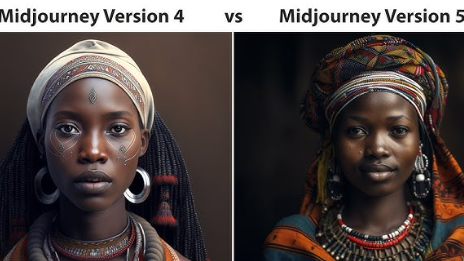Samsung working on dual under-display camera tech for facial recognition

Seoul, Sep 25: South Korean tech giant Samsung is likely working on a camera system for facial recognition that involves two under-display cameras. According to GSMArena, it is described in a patent application Samsung filed with the KIPRIS (Korea Intellectual Property Rights Information Service) back in March 2021. The document in question was made public last week and picked up by a Dutch publication. At its core, the idea is relatively straightforward -- get multiple images of the user from two angles to better construct a 3D model of the face and use that for authentication purposes. The tech giant mentioned using under-display cameras, though, which is interesting in its own right. Up until now, it has more or less just experimented with the technology on its Galaxy Fold line without a broader release, the report said. The patent does not really go into so much detail. However, it does show a mockup of a regular "slab" style phone with two UDC cameras -- one at the top and one at the bottom. Another thing mentioned in the patent is measuring pupil size. As per the report, the idea is that a human's pupil size should vary depending on lighting conditions. (IANS) This could be used as an extra security measure against using things like photos or masks to trick facial authentication.
Latest News

Dalai Lama to celebrate his 90th Birthday tomo...

Puri Bahuda Yatra: 3 holy chariots reach befor...

Lalu Prasad Yadav re-elected as RJD President...

From Organizer to Champion: Neeraj Chopra Triu...

Dharmendra launches major projects at Central...

Naveen seeks MEA Jaishankar’s aid to rescue Od...

Dharmendra proposes HAL–IIT Madras tie-up with...
Copyright © 2024 - Summa Real Media Private Limited. All Rights Reserved.











































